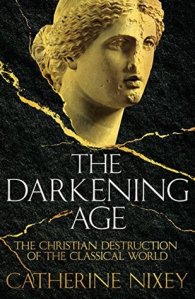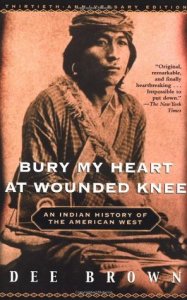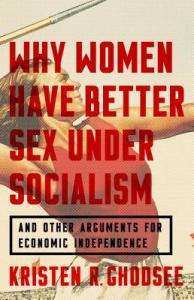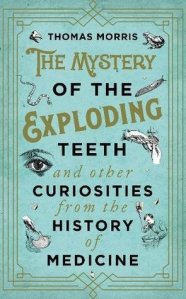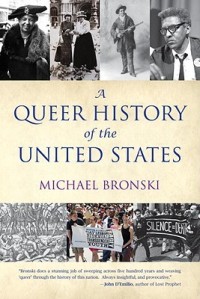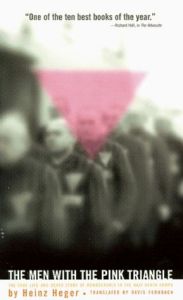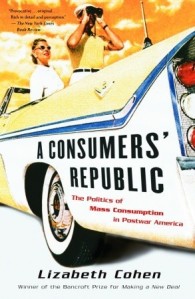
Title: A Consumers’ Republic: The Politics of Mass Consumption in Postwar America
Author: Lizabeth Cohen
Genre: History
Trigger Warnings: Racism, classism, racial slurs, poverty, death (mentions), misogyny, sexism
Back Cover:
In this signal work of history, Bancroft Prize winner and Pulitzer Prize finalist Lizabeth Cohen shows how the pursuit of prosperity after World War II fueled our pervasive consumer mentality and transformed American life.
Trumpeted as a means to promote the general welfare, mass consumption quickly outgrew its economic objectives and became synonymous with patriotism, social equality, and the American Dream. Material goods came to embody the promise of America, and the power of consumers to purchase everything from vacuum cleaners to convertibles gave rise to the power of citizens to purchase political influence and effect social change. Yet despite undeniable successes and unprecedented affluence, mass consumption also fostered economic inequality and the fracturing of society along gender, class, and racial lines. In charting the complex legacy of our “Consumers’ Republic” Lizabeth Cohen has written a bold, encompassing, and profoundly influential book
Review:
A while ago, I recommended this book to someone on an anti-consumption Reddit thread who was asking for academic books about consumption and anti-consumption. I added the caviat that I hadn’t read it yet, but the author has a PhD and teaches history at Harvard so it was probably within the vein of what they wanted. Now that I’ve read it, it turns out that I was correct – this is very academic.
It’s not uninteresting, exactly. I feel like I learned a lot about a lot of things – the labor movement, the civil rights movement, the development of suburbia, the 1950s as an era, how consumerism has been built into the foundation of modern society, and more. Consumerism is like a thread that runs through everything, connecting such disparate topics as suburban lot sizes and the lunch counter sit-ins of the civil rights movement, extending from the 1940s and 50s to the present day and getting less and less obvious but no less present as time goes on.
That said, this book is also very dense. It’s nearly 600 pages (over 21 hours as an audiobook) and still feels like it contains more information than 600 pages should reasonably hold. It took me a while to get through just because it’s throwing so much at you so fast, and I think I’d have to read it at least two more times to absorb everything.
There is so much packed into this book that it feels like something I would go through chapter by chapter in a history class, or have to read excerpts of for a class discussion. It’s a little more academic than I would consider a general readership book. You probably need a specific interest in the topic to have the patience to finish this one, but if you do have that interest, you’ll learn a lot.


